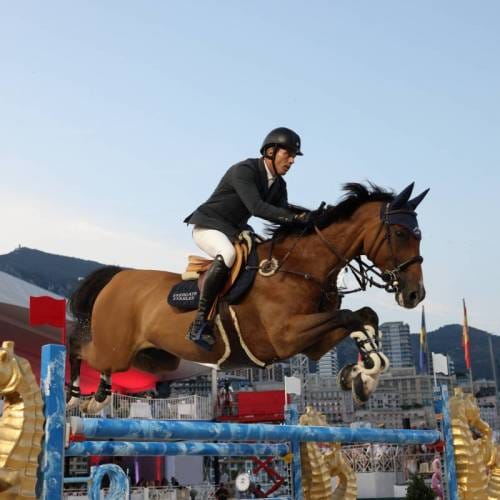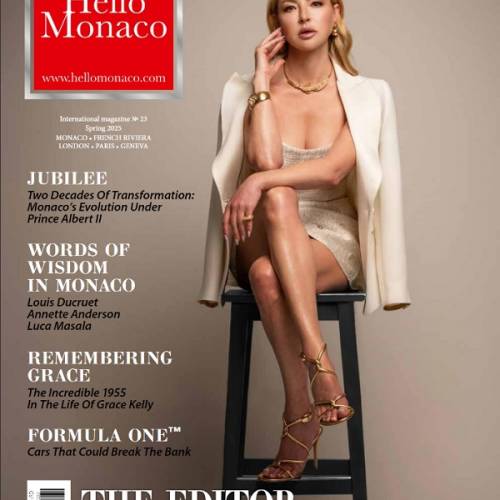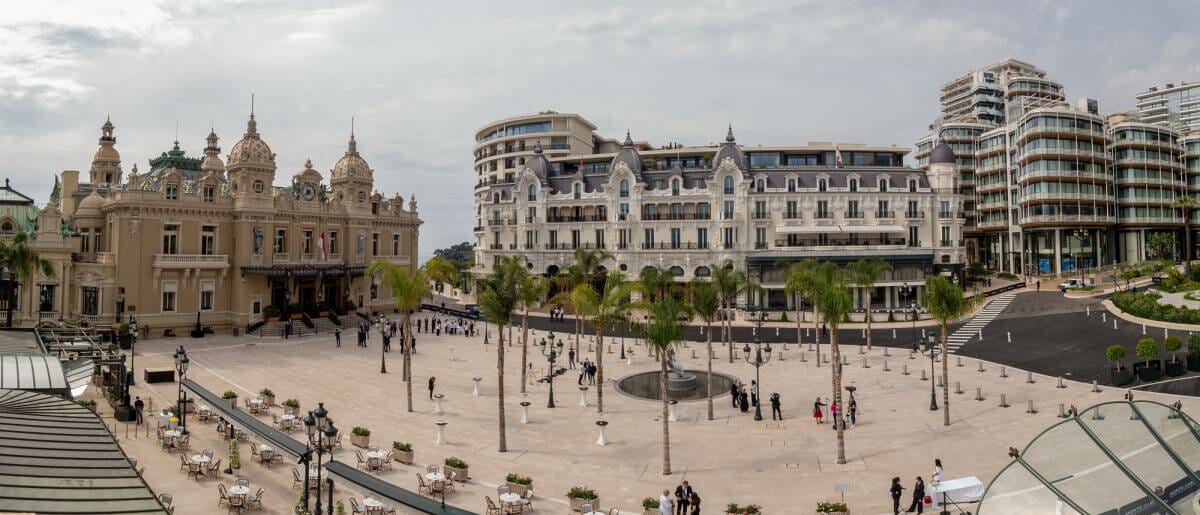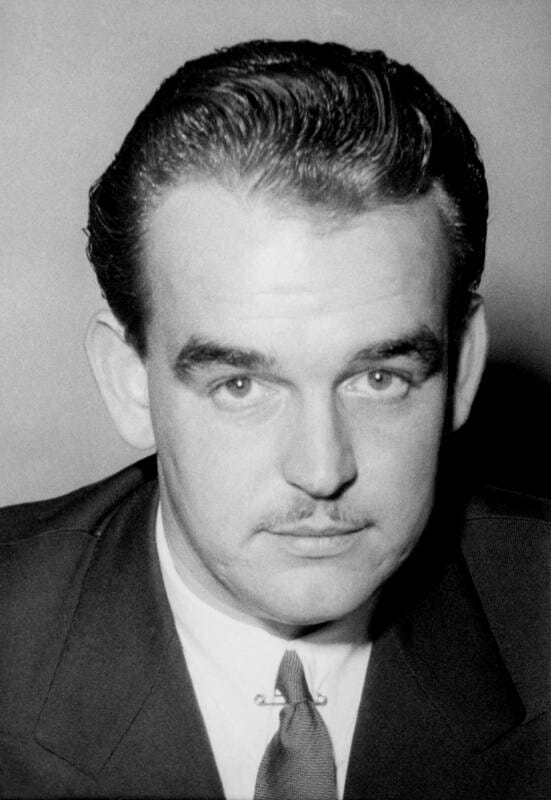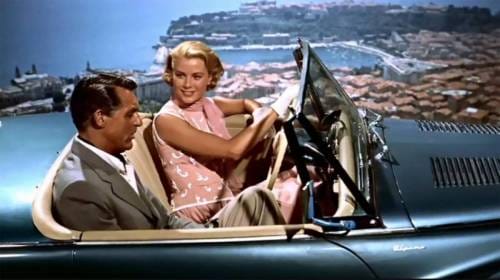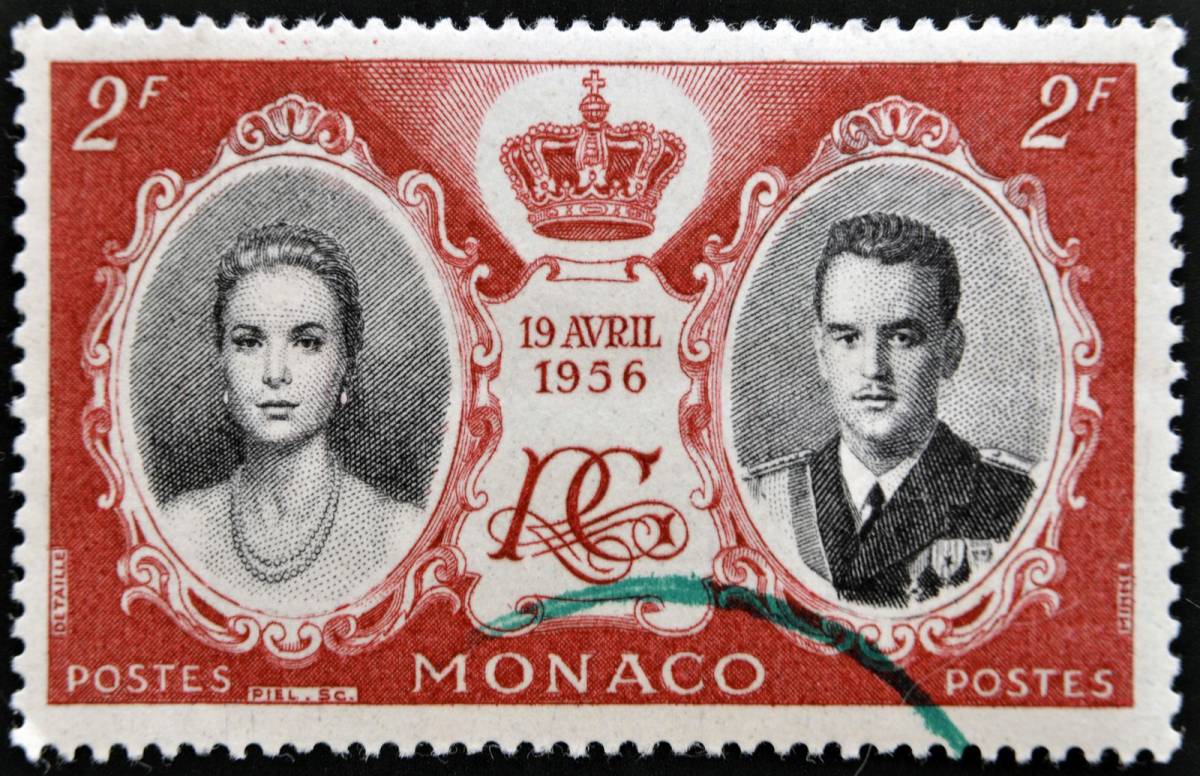Prince Charles III of Monaco was born on December 8th, 1818 in Paris, as Charles Honoré Grimaldi. He was not the very first Prince of Monaco; however, many things in the Principality began with him. Prince Charles III was the one who built the Monte-Carlo district with its famous casino, and he also signed an agreement for the construction of the first railroad through the Principality. It was under his reign that the first economic reforms in the Principality were introduced. This monarch was also the founder of diplomatic relations between Monaco and other countries, such as the Russian Empire. Charles III thus ensured the future prosperity and wealth of this small state.
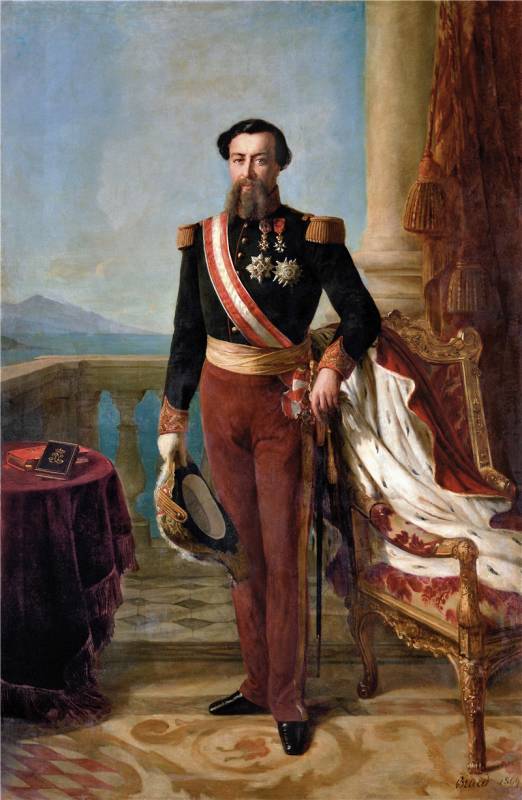
Charles III takes power
In 1856, Florestan I abdicated in favour of his only son and heir Charles III. When he took over the Principality, the situation was not ideal. In prior years, the small country had to cope with global revolutionary unrest, in particular in neighbouring France.
The Prince’s power was undermined, the economy was in decline, and few people were willing to visit Monaco or to even learn anything about it. Back then, there were hardly any roads in this mountainous region, never mind a railroad linking it to neighbouring France. In addition, as a result of perpetual territorial disputes with France, the Principality had little control over nearly 80 % of its own territory. The populations of Menton and Roquebrune wished for independence and were rioting.
The rebellious cities were first promised, and then refused the protectorate of Sardinia. However, they did not give up and were still hoping to become independent. The reason why they fought for this so resolutely was due to the poverty that prevailed in the Principality.
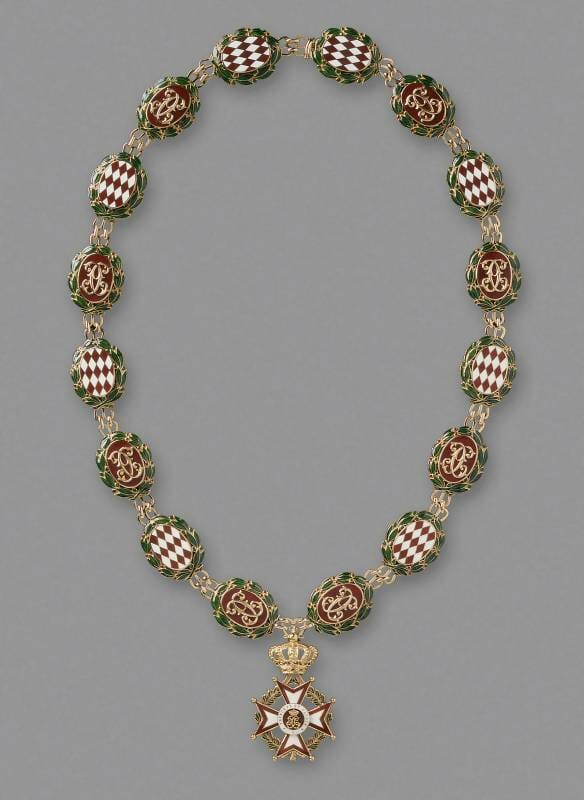
Luck and a wise decision
The new Prince buckled down with renewed energy, as he had no intention of losing this battle. He started by implementing economic reforms to somehow patch the holes in the budget. For this purpose, the state introduced a sales tax for crossing the French border into Monaco. But Monaco needed more money than that. Charles closely followed international politics. He knew that in order for this small principality to survive, he needed to keep up with the latest trends.
That is when Napoleon III came to power in France and lifted the ban on gambling establishments that had been spreading all across Europe. The Prince took notice of this change.
In the meantime, tired from the militant activity in Menton and Roquebrune, the Prince finally decided to pass these cities on to France. In 1861, a treaty was signed under which Menton and Roquebrune would become part of the French Republic. The Principality received compensation of 4 million francs. And that was only the beginning.
Subsequently, Napoleon III was overthrown in France and the ban on gambling houses in Europe returned. The Prince of Monaco then realized that this was his chance. He planned to legalize gambling and build his own casino. His mother Caroline Gibert de Lametz helped Charles carry out this difficult task. She managed to gain the support from the wife of a French businessman, François Blanc, a casino owner successful first in Paris and then in Bad Homburg, by persuading her that the Mediterranean climate would suit her perfectly.
To be honest, it is evident that Blanc himself perfectly understood the benefits of this proposal. Casinos in Bad Homburg were actively visited by tourists only during the warm season, and wealthy clients preferred to spend winters on the Riviera. And since gambling was banned in France and Italy, Monaco became the only place where a gambling business could be developed.
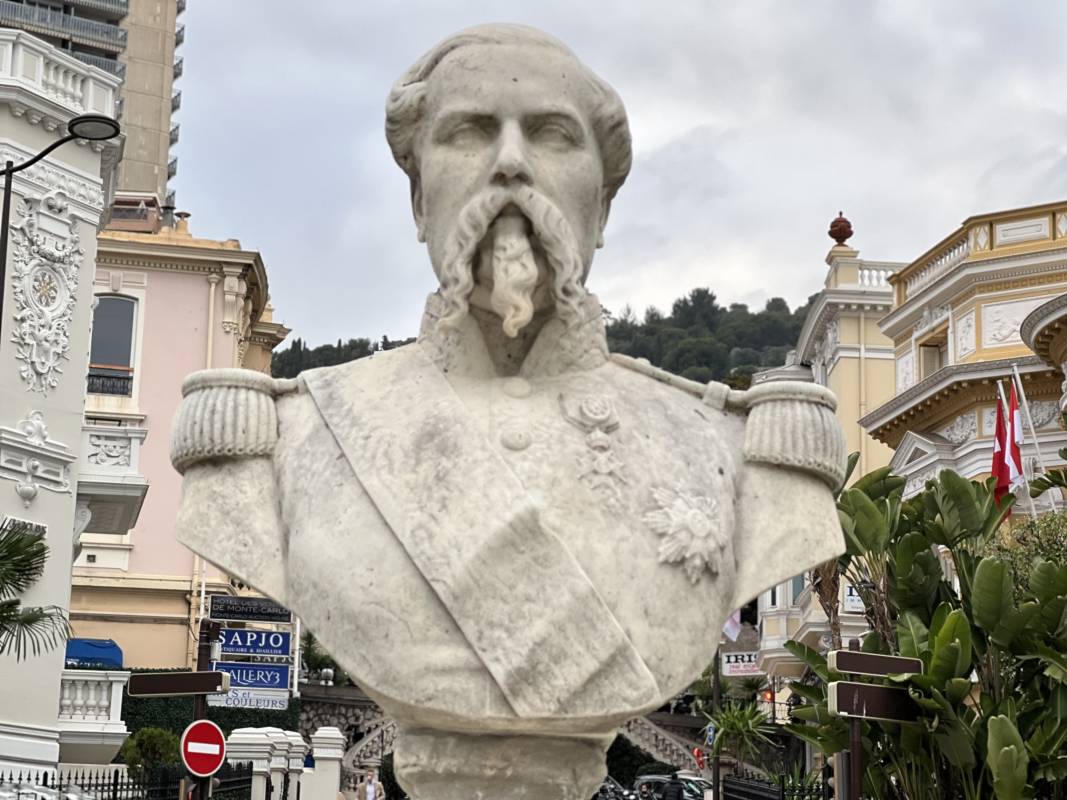
“The Golden Age”
In February 1863, in a rather modest building, located in an unattractive area called Le Spélugues, the first casino was opened. On April 2nd of the same year, the creation of the Société des Bains de Mer company was announced, which received the right to host the gaming for the next 50 years. The head of the company, François Blanc, invested a lot of his own money in the transformation of a rather drab area, which in 1866 was renamed Monte-Carlo, “Charles’ Mountain”, after the reigning prince. By that time, the Hôtel de Paris had already been built here (1864), and a little later (1868) the Café de Paris appeared on the square. The current building of the Casino and the Monte-Carlo Opera were built by the architect Charles Garnier in 1878-79, after the death of François Blanc, when his widow Marie took over the reins of the SBM company.
This was the start of the “golden age” of the Principality. A large flow of visitors, for the most part the aristocracy, came to the Principality as gambling houses were banned elsewhere. At the same time, the Prince was looking after the infrastructure. He required a good road network to make access to Monaco easier. Archives say that 5 years afterwards, more than 150,000 tourists from different countries, including America, visited the Principality.
Further Monaco prosperity
Once again, the energetic Prince upheld the expectations of his subjects. He signed a new agreement with France to build a Nice — Genoa railway, crossing the Principality. Charles could then afford it thanks to the 10 % of the casino profits paid to him by François Blanc, the first director of the Casino of Monaco and “La Société des Bains de Mer”.
Charles III also approved the flag and coat of arms of Monaco and signed a peace and friendship treaty with Tunisia and a customs treaty with France. During the reign of Charles III, Monaco established its own diocese, and so the Prince thus created religious independence for the state.
The Prince then started to build up a relationship with yet another distant, but powerful country: Russia. In 1858, Charles established the first Monaco Order of St. Charles, while strengthening his friendship with the influential ruling Tsar of Russia, Alexander, who later became the first royal to receive this award, the highest state award in Monaco.
Charles III also began to mint his own gold coins and issued the first Monaco stamps. Monte-Carlo was growing rapidly. At last, thanks to the income from the casino, Charles III liberated his subjects from taxation, which attracted additional foreign capital into the country. On February 8th, 1869, to the great joy of his subjects, Prince Charles III abolished personal, land and property tax.
Prince Charles III’s family
Prince Charles III married in 1846 at the age of 28 while crown prince. He called his wife Antoinette de Mérode, who was ten years younger than him, an ‘angel’. The Prince invested the solid dowry of his wife in the development of Monte-Carlo. Their only son, the future ‘Prince Scientist’ Albert I, was born in 1848. Antoinette supported her husband in all his endeavours, but, unfortunately, their happy family life was short-lived: Antoinette de Mérode died of cancer at the age of only 35…
With age, due to an old war injury, the Prince began to quickly lose his sight, and by the age of sixty he was completely blind. Soon his mother Caroline passed away. Charles III died at the age of 70 in the Marchais castle in northern France, which had been bought in 1854 by his wife Antoinette and which their descendants from the Grimaldi family still own.

